
Community Engagement Trends for 2026: The Year of Hybrid Reality
Dan Ferguson
December 2, 2025
Find the latest
Learn the latest news, stories, and updates from the team at Communiti Labs.

Dan Ferguson
December 2, 2025

Dan Ferguson
November 3, 2025

Finn Clark
June 5, 2025
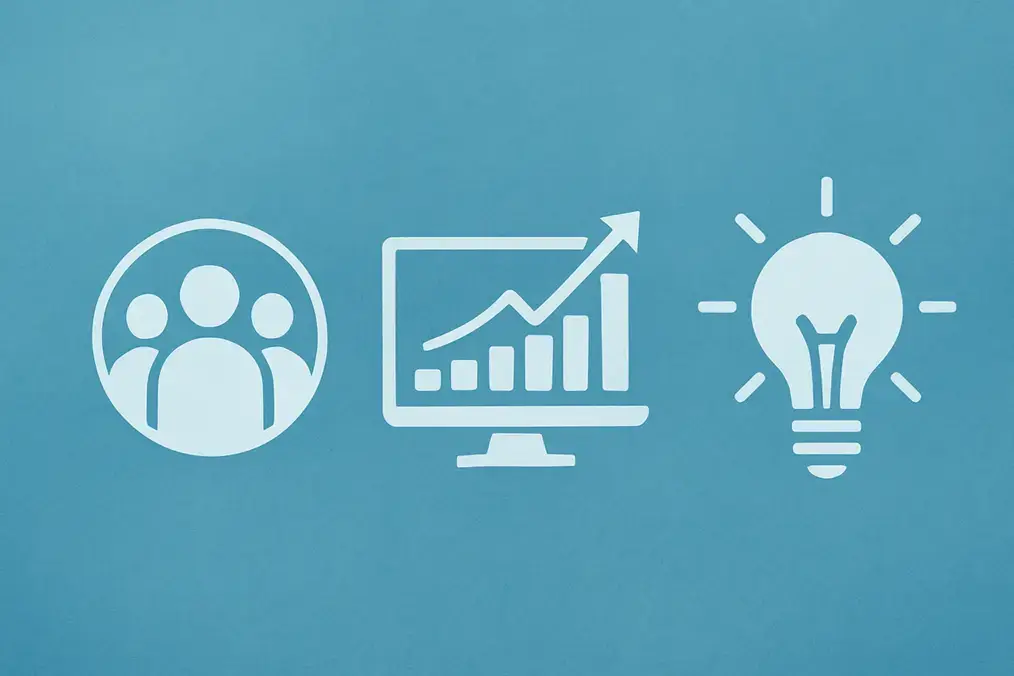
Finn Clark
June 2, 2025

Finn Clark
May 20, 2025

Finn Clark
May 16, 2025

Finn Clark
May 9, 2025
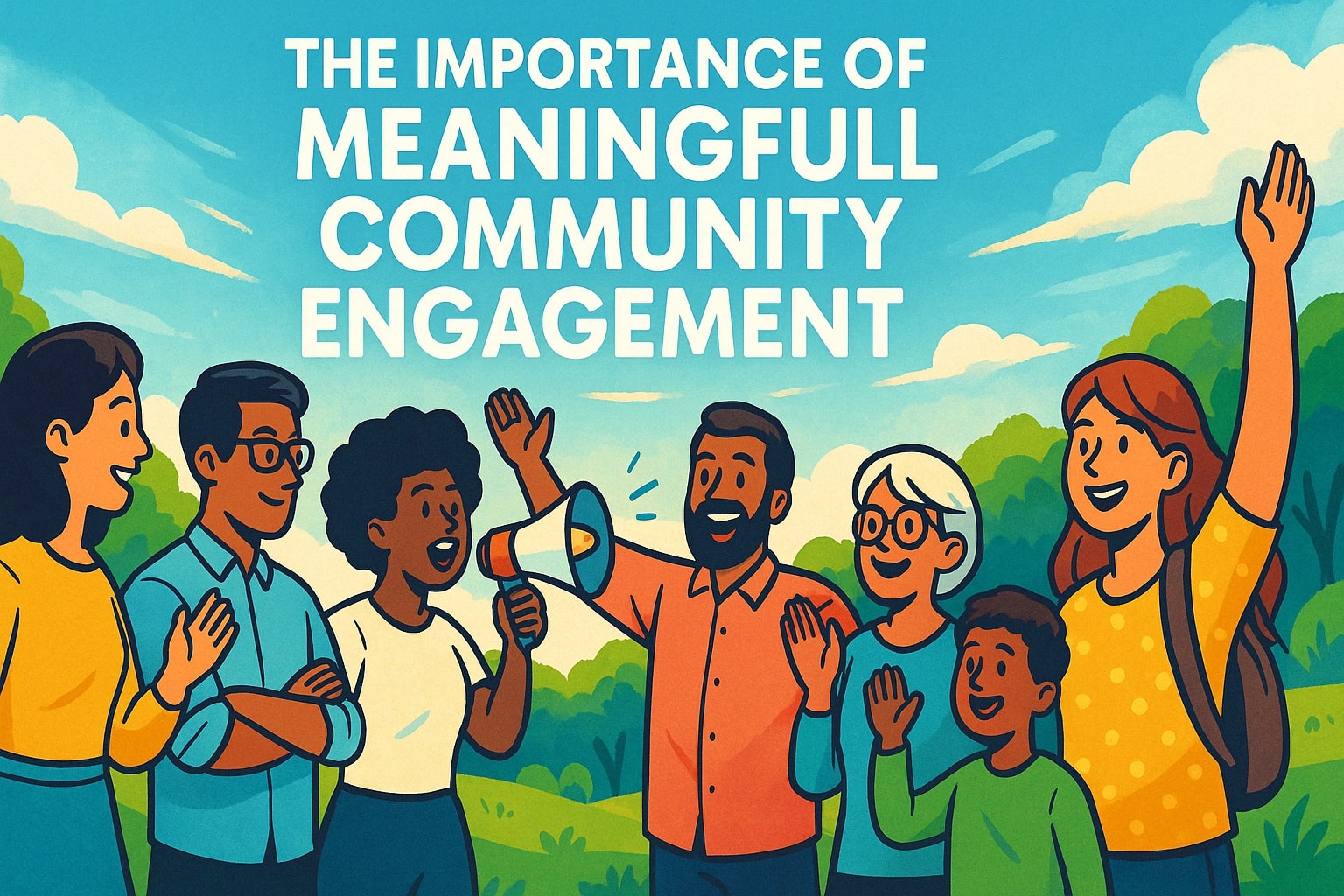
Finn Clark
May 7, 2025
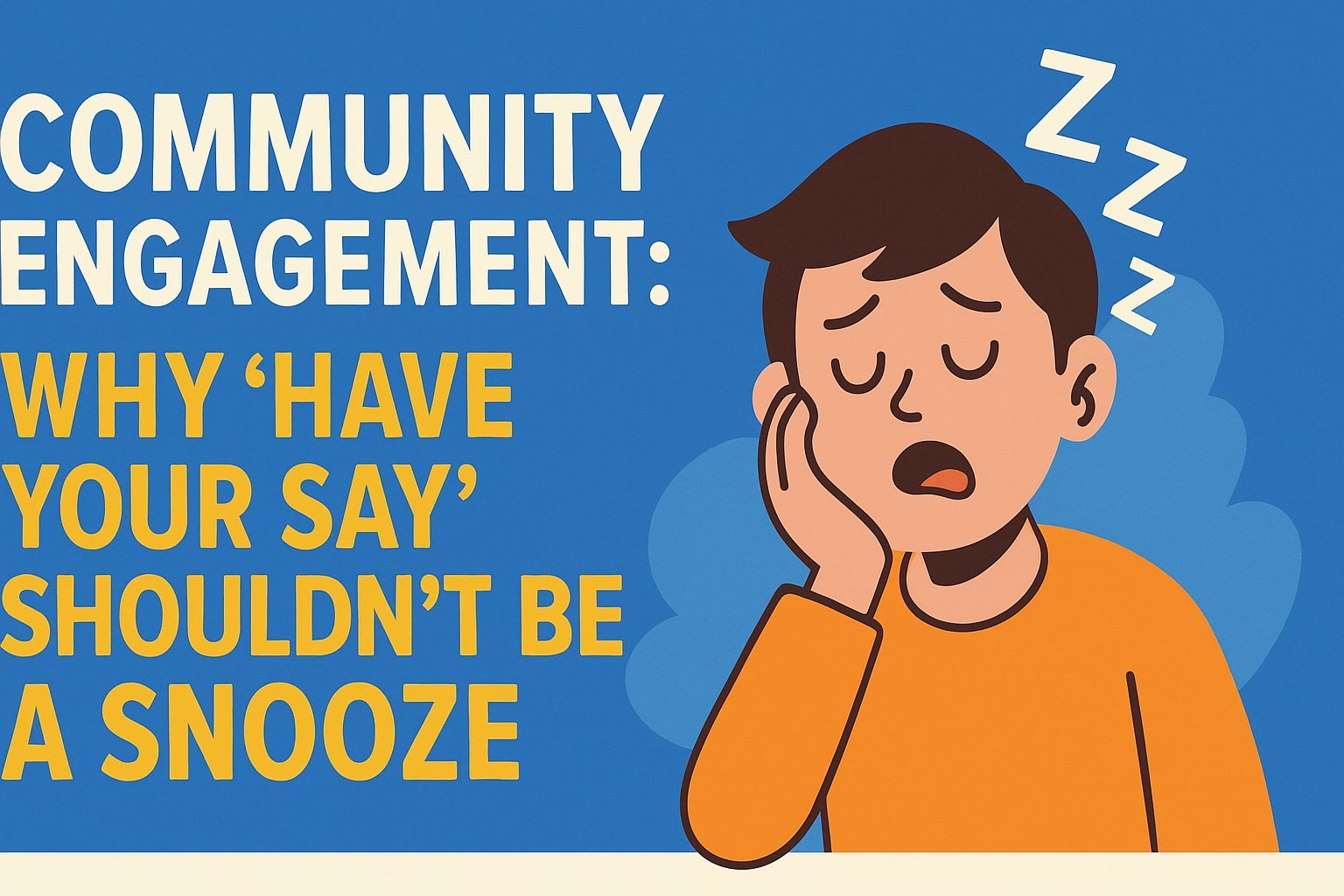
Finn Clark
April 30, 2025

Finn Clark
April 29, 2025

Dan Ferguson
April 23, 2025

Finn Clark
April 20, 2025
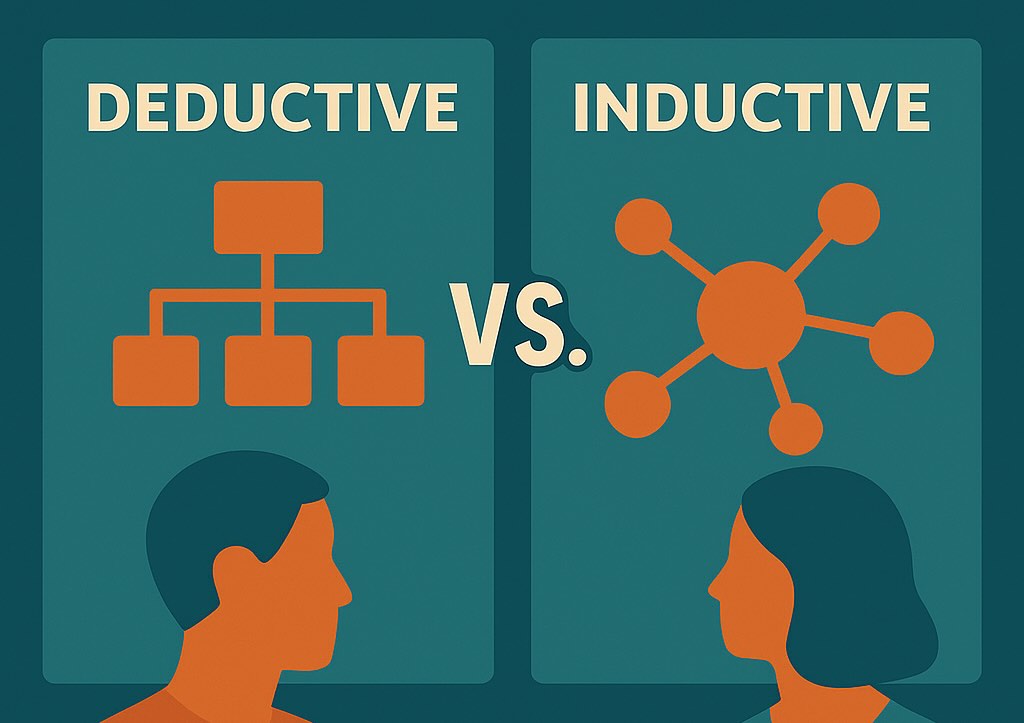
Dan Ferguson
April 17, 2025

Finn Clark
April 17, 2025
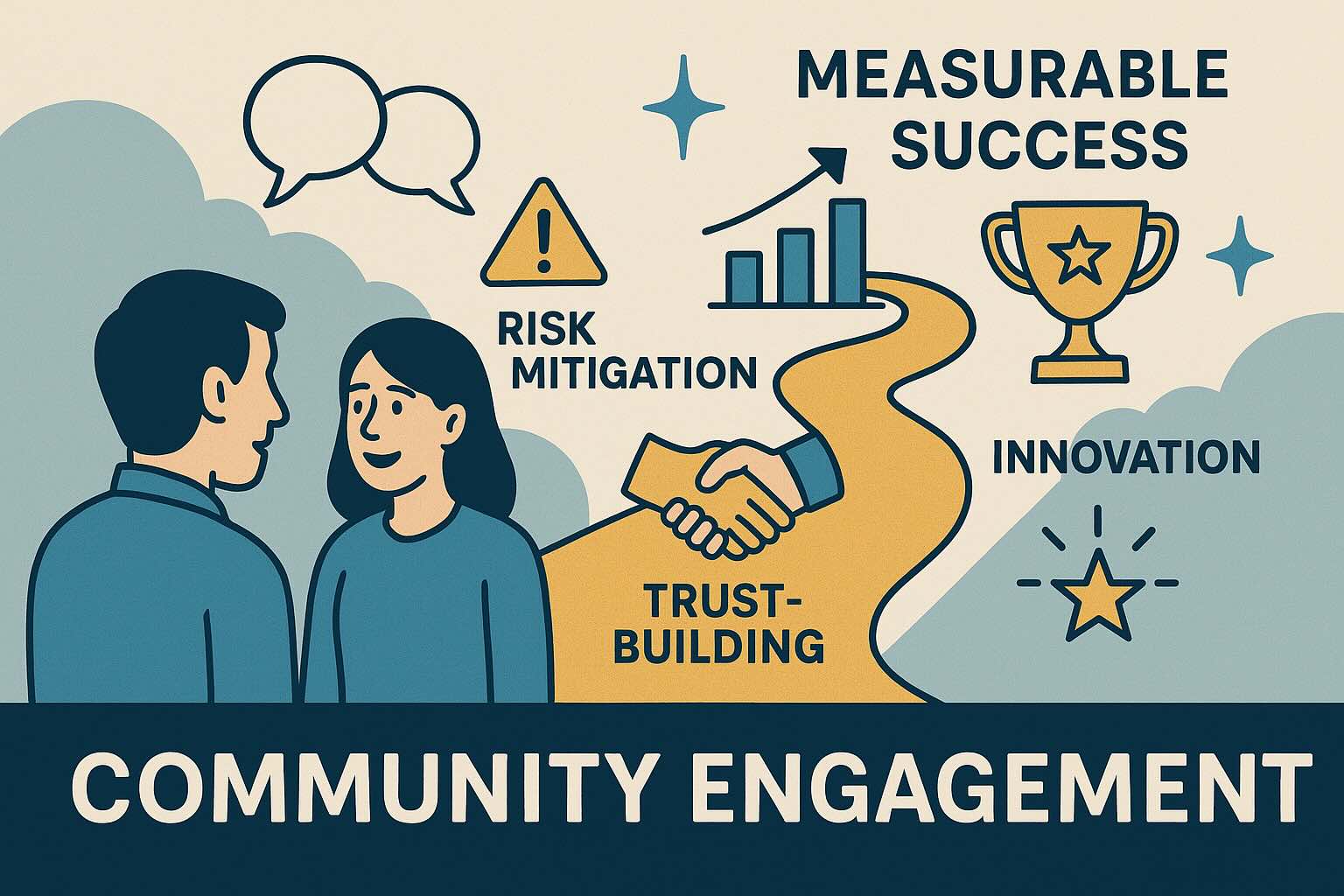
Dan Ferguson
April 16, 2025
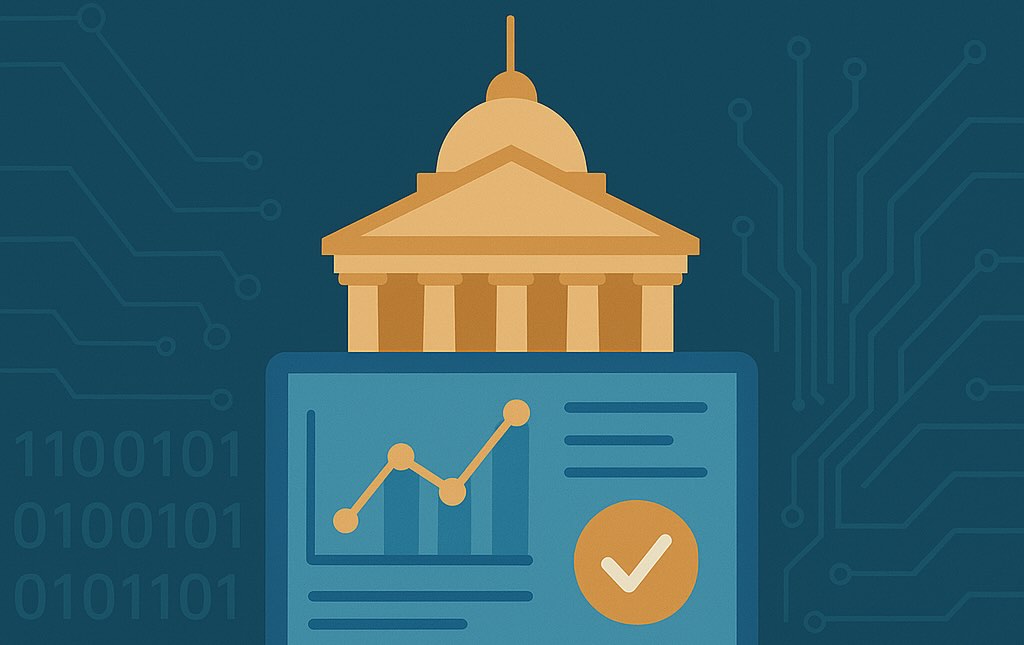
Dan Ferguson
April 15, 2025

Dan Ferguson
April 12, 2025

Dan Ferguson
April 10, 2025

Finn Clark
March 17, 2025

Dan Ferguson
March 12, 2025

Finn Clark
March 4, 2025

Finn Clark
February 14, 2025

Finn Clark
February 10, 2025

Finn Clark
January 17, 2025

Finn Clark
December 16, 2024
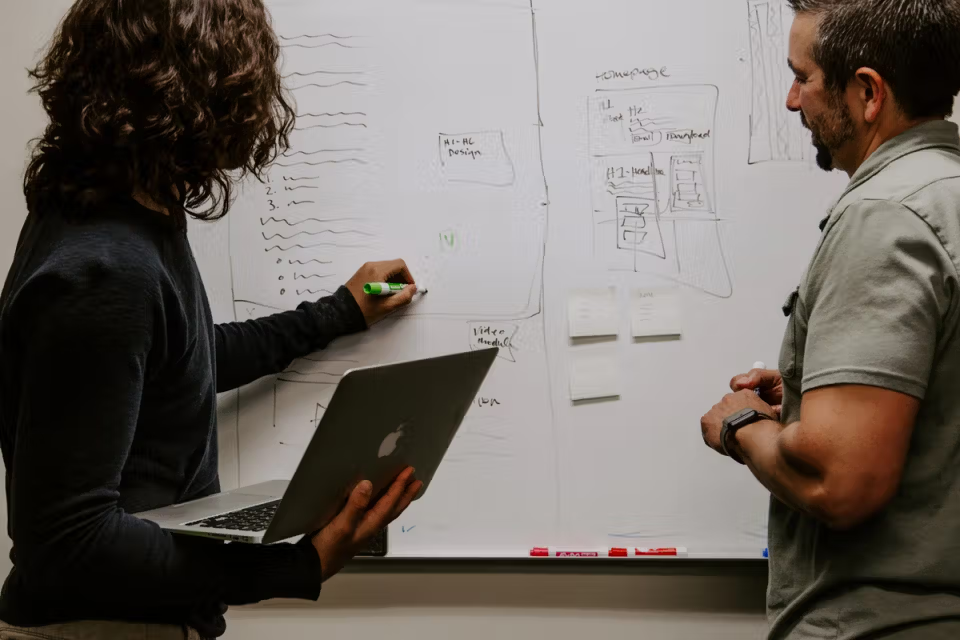
Dan Ferguson
December 12, 2024

Dan Ferguson
December 12, 2024

Dan Ferguson
March 24, 2024

Dan Ferguson
March 24, 2024
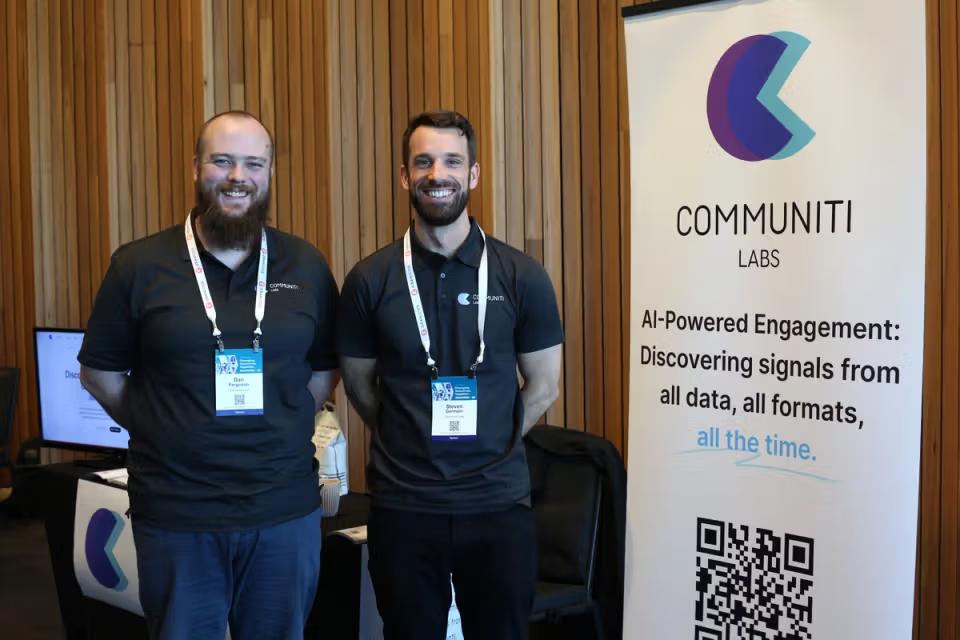
Dan Ferguson
March 24, 2024

Dan Ferguson
March 24, 2024